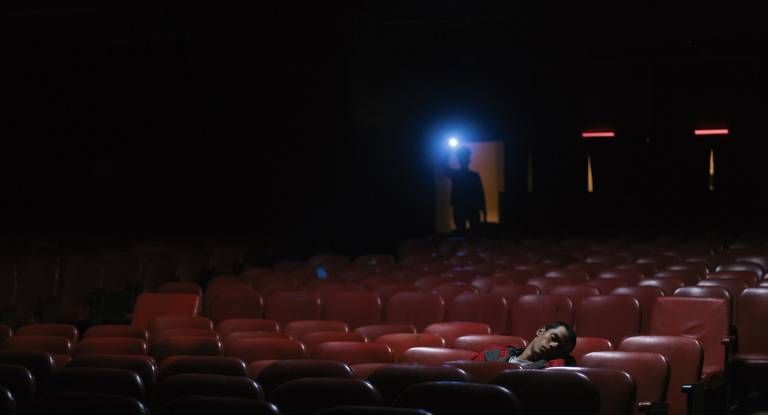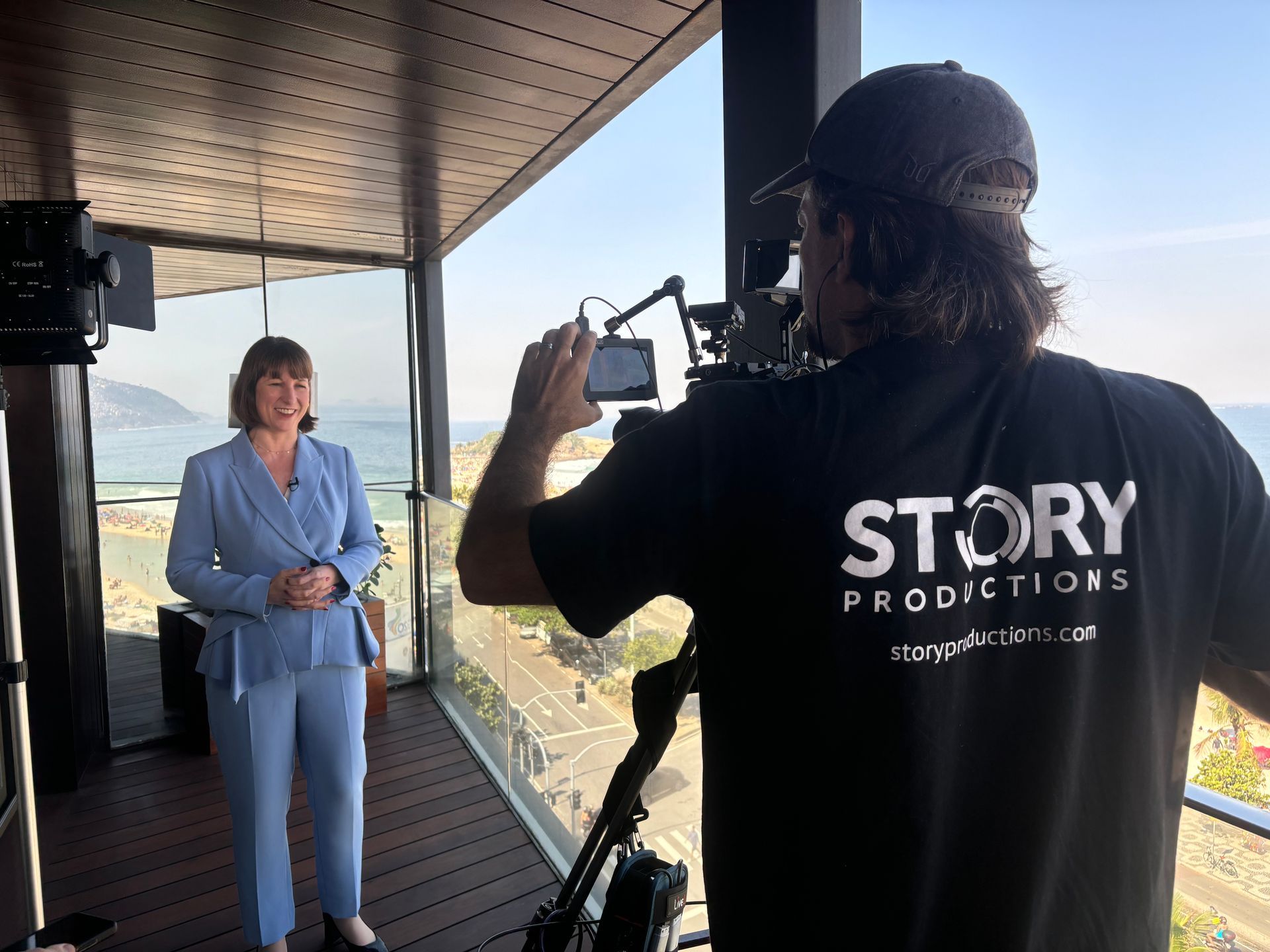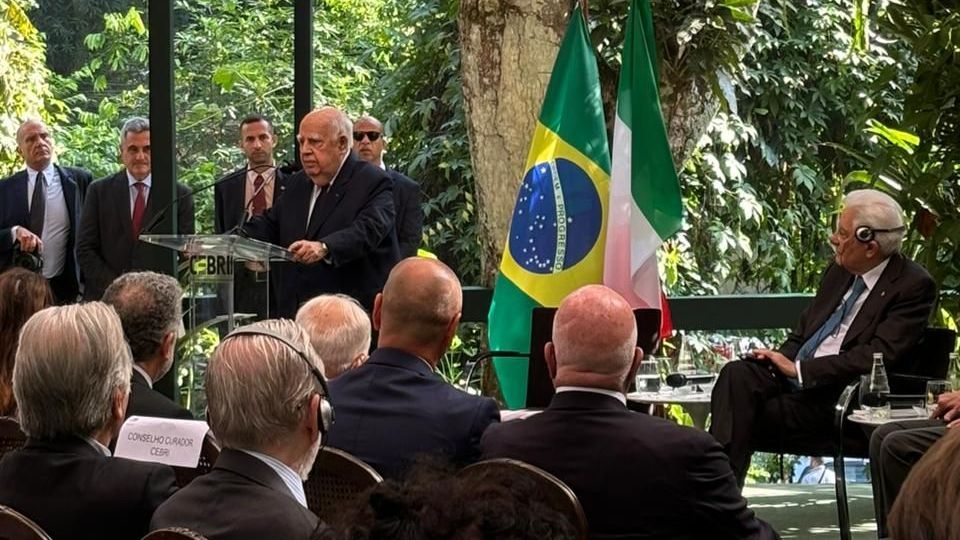From Periphery to Global Stage: How São Paulo is Becoming the New Film Capital of Latin America
SPCine Celebrate 10 Years announcing Brazil's R$143.7 Million Audiovisual Boom: Why International Filmmakers Are Racing to São Paulo
I spent three days at the 10th SPCine Forum, attending as many panels as possible. It was an exhausting marathon of information. This article presents a factual overview of what I learned; a follow-up piece will share my personal reflections.
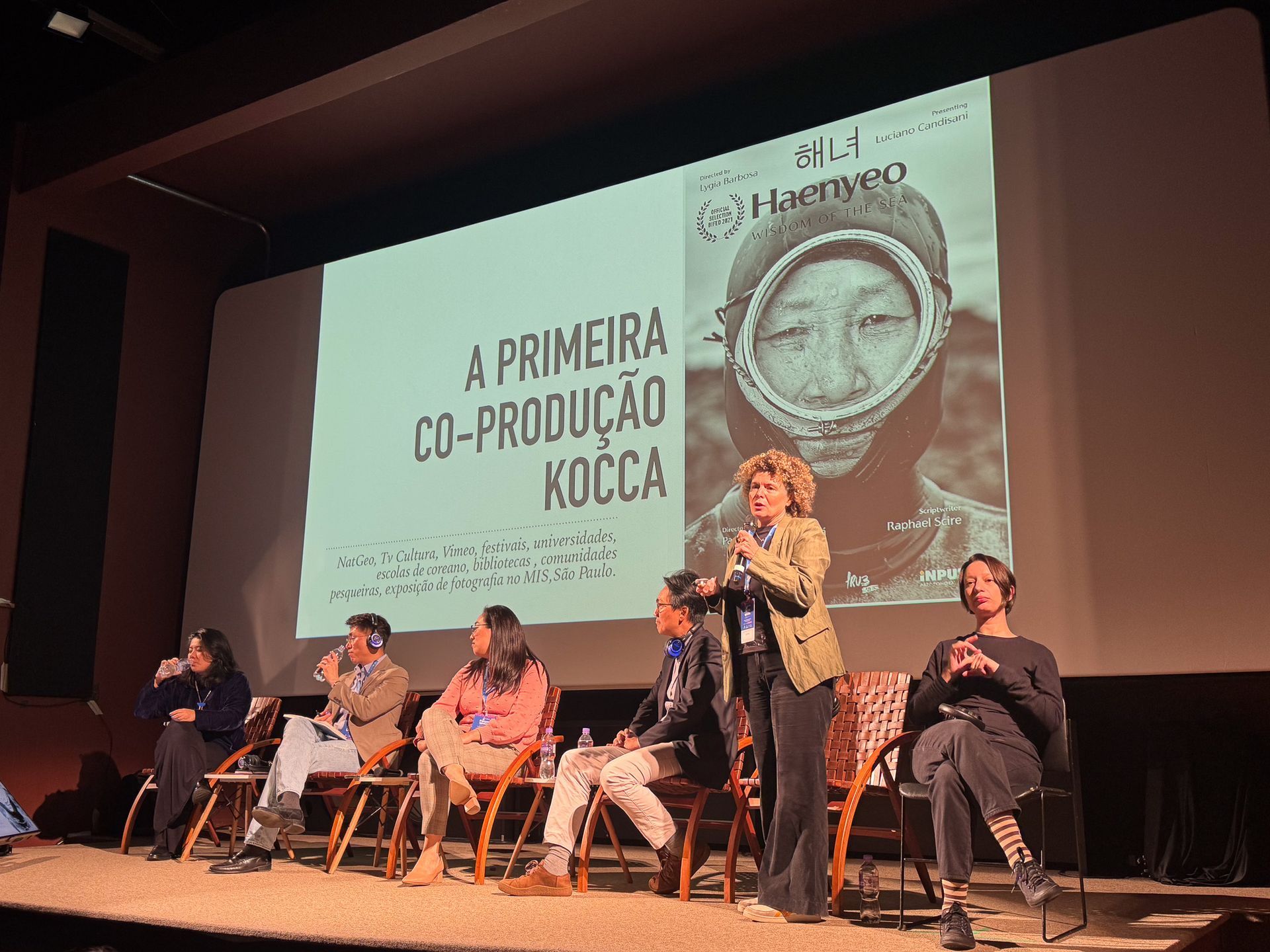
A Landmark Moment for Brazil’s Audiovisual Sector
The 10th SPCine Forum, held June 25-27, 2025, at São Paulo’s Cinemateca Brasileira, was both a celebration of SPCine’s first decade and a showcase for the city’s ambitions as a global audiovisual hub. The headline announcement—a record R$143.7 million investment in São Paulo’s audiovisual sector, underscored the city’s intent to compete on the world stage.
This commitment, the largest in the city’s history, brings together federal, state, and municipal resources. It positions São Paulo as an increasingly attractive destination for international productions and co-productions, signaling to filmmakers worldwide that Brazil is serious about supporting the creative industries.
SPCine's Transformative Role in Brazilian Audiovisual and Inclusive Mission
Founded in 2013, SPCine has evolved from a municipal initiative inspired by RioFilme into a comprehensive public company shaping São Paulo’s creative landscape. Its three pillars: the Film Commission, Cinema Circuit, and Observatory reflect a strategy that spans production logistics, exhibition, and industry research.
SPCine’s impact now extends well beyond city limits. The organization supports cinema, television, streaming, and gaming, and has become a reference point for public audiovisual policy in Latin America. President Lyara Oliveira noted at the forum, “This investment will benefit small, medium, and large producers, positioning São Paulo as a global audiovisual hub.”
A notable theme throughout the event was SPCine’s commitment to diversity and inclusion. Initiatives supporting indigenous and peripheral filmmakers have broadened the range of stories being told and created new opportunities for underrepresented voices. The launch of the Indigenous Audiovisual Mapping project was one such highlight, offering a platform for indigenous creators and connecting them with international partners.
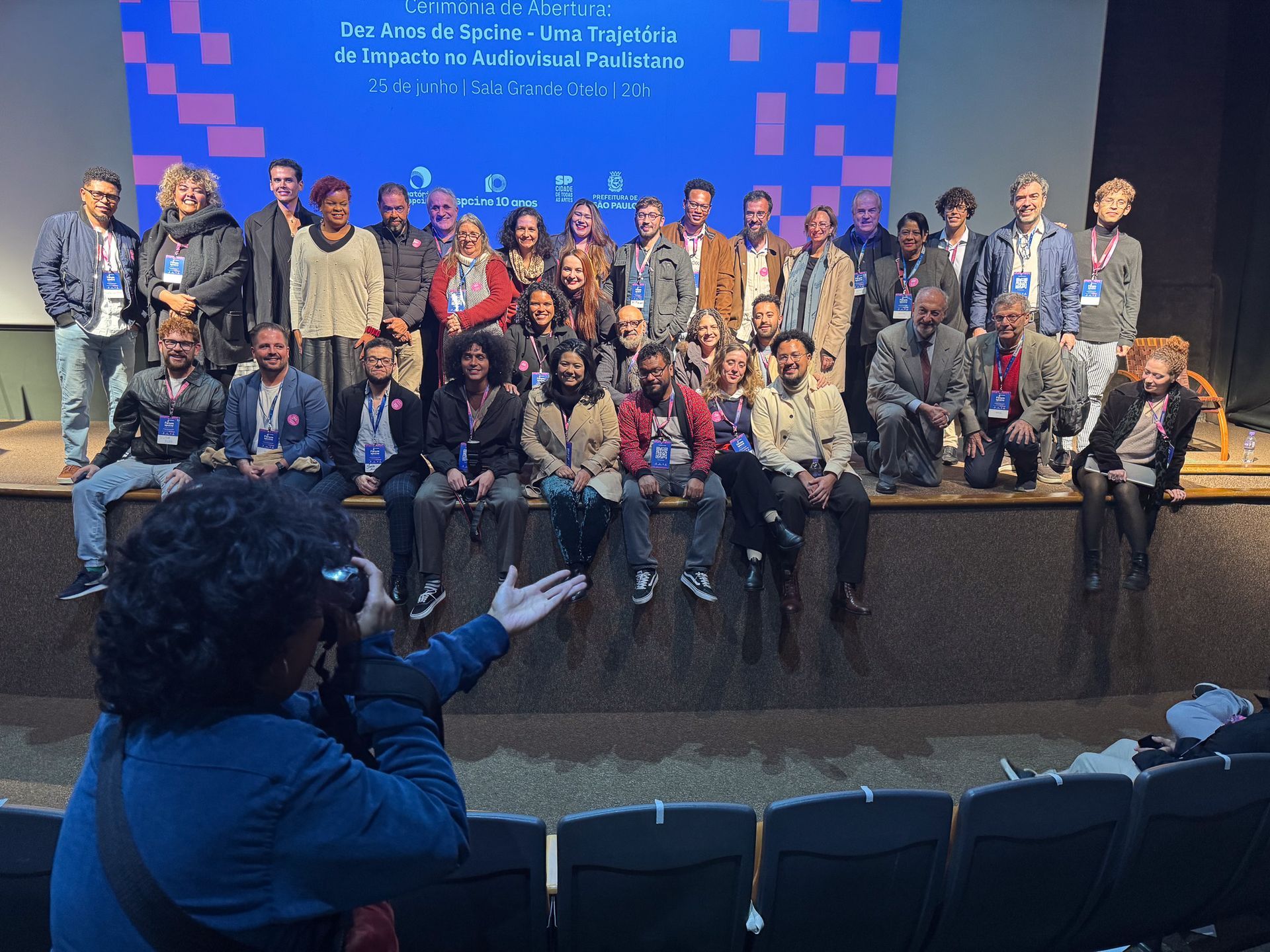
Investment Breakdown and What It Means
The R$143.7 million investment is a convergence of several funding streams:
• Federal Support: R$60 million from the Sectoral Audiovisual Fund (FSA), marking SPCine’s return to federal support after a seven-year hiatus.
• Municipal Commitment: R$20 million in matching funds from São Paulo City Hall.
• Aldir Blanc Policy: R$40 million for diverse projects citywide.
• Open Calls: Ongoing municipal resources to support both emerging and established filmmakers.
This structure is designed to support projects of all sizes, from grassroots initiatives to international co-productions, and to encourage sustained growth across the sector.The R$143.7 million investment represents a convergence of federal, state, and municipal resources, creating an unprecedented funding ecosystem for audiovisual production:
International Partnerships: New Bridges and Opportunities
A major focus of this year’s forum was São Paulo’s expanding network of international partnerships.
• Nigeria: The signing of a new Brazil/Nigeria co-production agreement in Lagos marked a milestone in South-South cooperation, opening access to Nollywood’s distribution networks and Brazil’s production infrastructure.
• South Africa: The Brazil-South Africa partnership, the first of its kind between South Africa and a South American nation, offers up to 30% production budget support through rebates. As South African producer Tshepiso Chikapa-Phiri remarked, “With co-productions and these agreements, we can think about taking what might be a local story and making it an international story.”
• South Korea: South Korea’s deepening commitment was evident with KOCCA (Korea Creative Content Agency) establishing its first Latin American office in São Paulo. KOCCA’s presence is focused on event participation, business matchmaking, and fostering creative collaborations, providing Brazilian filmmakers with direct access to Korean expertise, funding, and distribution networks.
Producer-Director Lígia Barbosa’s decade-long work with Korean partners, including successful documentaries, demonstrates the practical results of these ties.
These partnerships are more than symbolic; they are designed to facilitate practical investment, creative exchange, and market access for Brazilian and international filmmakers alike.
Strategic Partnerships Enhance Global Reach
The forum announced several strategic partnerships that directly benefit international filmmakers. The collaboration between SPCine, Projeto Paradiso, and Eurimages' Ruy Blas fund creates the first-ever "Ruy Blas Plus Brazil Co-Development Fund," offering €10,000 development grants to nine Brazilian projects, including four from São Paulo.
This partnership, announced at the Cannes Film Festival, represents an innovative approach to development funding that bridges European and Brazilian creative ecosystems. The initiative accepts coproductions and projects that have already received development funding, making it accessible to filmmakers at various stages of project development.
Competition and Infrastructure: São Paulo vs. Rio
The forum also spotlighted the ongoing rivalry between São Paulo and Rio de Janeiro. While Rio remains one of the world’s most filmed cities, São Paulo is gaining ground through aggressive incentives and streamlined permitting.
The HBOMax blockbuster novella “Beleza Fatal,” shot in São Paulo to represent Rio, is a recent example of how cash rebates and logistical efficiency are attracting major productions.
However, as Maria de Médicis, executive producer of “Beleza Fatal,” pointed out, “This is an issue not just in São Paulo, but in Rio and across Brazil, we need to invest in real studios. If São Paulo had a large, purpose-built studio infrastructure, even more productions, both Brazilian and international, would come here. It’s an investment that pays off, because you need to have the facilities to attract these projects.” Continued investment in technical resources will be key to sustaining the city’s growth as a production hub.
Regulatory and Structural Challenges
Despite the optimism, the forum did not shy away from persistent challenges. The finalization of Brazil’s long-awaited video-on-demand (VOD) regulation was identified as the most critical issue. Players are waiting for it to be signed before committing new investments to production.
ANCINE’s Laís Fonseca stressed the need for flexible, adaptive regulations to unlock investment from streaming platforms and ensure fair competition for Brazilian content. The regulatory framework, once enacted, is expected to cover streaming, content-sharing platforms, and IPTV services, and to allow for ongoing technical adjustments.
The regulation's emphasis on flexibility represents a crucial lesson learned from previous regulatory approaches. Rather than creating overly rigid frameworks that quickly become obsolete, the new VOD rules are designed to allow infraregulatory adjustments through technical committees and specialized regulatory bodies, enabling rapid adaptation to technological changes without requiring lengthy legislative processes.
Labor relations, especially the widespread use of “pejotização” (contracting workers as freelancers) were another topic of debate. While unions and state entities voiced concern over worker precarity, producers pointed to unstable economic cycles, high costs and legal risks of Brazil’s employment laws. This tension remains unresolved and will require ongoing negotiation.
Innovation and Evidence-Based Policy
A forward-looking theme at the forum was the integration of artificial intelligence into industry planning. ANCINE’s use of AI for financial compliance has already reduced bureaucratic backlogs, and future regulation aims to balance creator protection with innovation. The forum also highlighted a shift toward data-driven policymaking, with audience metrics and economic impact studies, such as those presented by FIPE/IBGE, informing new strategies.
Looking Ahead: Opportunities and Cautions
São Paulo’s audiovisual sector is at a turning point. The city’s dual focus on grassroots inclusion and international competitiveness sets it apart in the region, but the sustainability of this model will depend on continued investment, regulatory clarity, and improvements in infrastructure.
For international filmmakers, São Paulo now offers a compelling mix of creative talent, location diversity, and institutional support. The city’s growing network of global partnerships, combined with new funding and regulatory reforms, creates real opportunities for collaboration. Yet, as several forum participants noted, challenges remain particularly in ensuring that investment translates into lasting industry capacity and equitable growth.
Contact Story Productions
As the sector evolves, Story Productions remains committed to supporting international filmmakers navigating Brazil’s dynamic landscape. Our team offers local expertise, production services, and a bridge to São Paulo’s creative community.
If you are considering Brazil for your next project, we invite you contact us today and explore how we can help realize your vision in one of the world’s most exciting, and rapidly changing, film environments.
Share this story:
Get the latest news straight into your inbox!
Contact Us
Read another story
